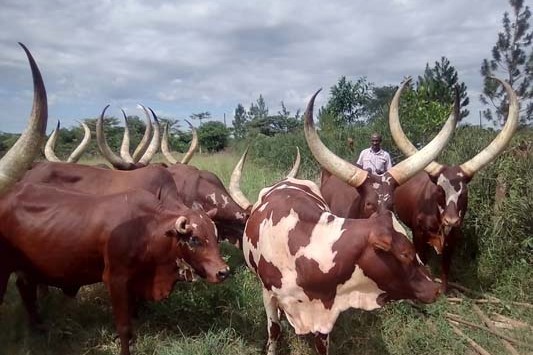By Lisa Whitfield
Severe mastitis cases are frequently a topic of discussion among farmers and veterinarians, but it is apparent that there are a lot of people who don’t know the difference between black mastitis and acute toxic mastitis. There are similarities between how to approach the treatment of these two types of severe mastitis however the outcomes can be quite different, so it is worth being able to differentiate between them.
- Black Mastitis is caused by a severe Staph aureus infection
- Acute Toxic Mastitis is caused by a severe E. coli infection.
The names don’t matter much early in the disease process – both types of mastitis will affect the cow in the same way when she first gets sick.
Initially you will find a sick cow in the herd. She will show up as slow or sluggish at shifting. I would describe them as being ‘off’ in the eye, and they will often have drooping ears too. If you find a cow like this it is essential to get her in for examination then and there – doing so may just save her life.
Fever + Dehydration = A very sick cow who doesn’t want to eat
When doing a basic onfarm assessment of a cow that is sick from mastitis, often they will have a fever over 40C – have a thermometer available onfarm to do this simple check.
Dehydration is common to both black mastitis and acute toxic mastitis, but it will be more severe and prolonged in acute toxic mastitis cows.
Palpate the udder for hard and/or swollen quarters and strip them to identify clots or watery milk. If you are really good at picking out sick cows and find her early enough, the milk may not yet have gross visible changes, but you can use an RMT paddle to confirm if a suspect quarter is inflamed. During your examination, don’t forget to collect a milk sample from the affected quarter. Knowing the causative bacteria means you can refine the treatment to suit the individual, and it helps with deciding on her chances of recovery. I would always recommend taking a milk sample from a cow that is sick from mastitis for this reason.
When treating these cows, either case needs:
- Anti-inflammatories on board as soon as possible.
- Fluid therapy – at least 30 to 40L of fluids using a stomach pump, with added electrolytes.
- Antibiotics – as the cow is sick and you don’t know what the bacteria is for about 24 hours, giving antibiotics in the early stages of disease is essential. There are a number of suitable antibiotics – your vet will advise you on which one they think is best.
Following the first 24 hours of treatment, black mastitis and acute toxic mastitis begin to separate in their ongoing effect on the cow.
Black mastitis
With black mastitis the blood supply to the quarter is damaged and the skin over the quarter and the teat will go cold to the touch – if this happens, it is almost guaranteed she will lose the affected quarter. If left to their own devices, over a period of about three weeks the quarter will abscess, burst open and fall off. Rather than allowing this to happen, the welfare of the cow should be considered. Many vets are now recommending euthanasia – it is a long, painful and debilitating process for the cow to go through simply to try and salvage her for the works.
Acute toxic E.coli mastitis
Once E.coli is out of the cow’s system they can recover, however, the care given in the first few days while she is really sick makes all the difference to whether she survives or not.
E.coli cases need ongoing fluid therapy and anti-inflammatories for a few days in order to recover – in some cases I have cared for I have given 50 litres of fluid two or three times per day for three days. The infected quarter may be damaged and end up being a light quarter for the rest of the season, but not always. Affected quarters often recover full production in the following season.
- Lisa Whitfield, is a Manawatu production animal veterinarian.





